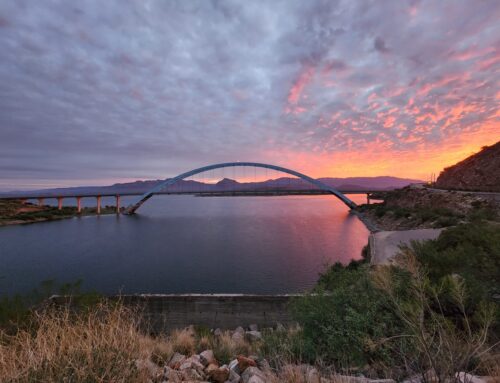
Difficult Access Core Drilling
The Central Subway is the second phase of the Third Street Light Rail Project, which entailed construction of an efficient light rail line to improve public transportation in San Francisco. It included a 5.1-mile line along the densely populated Third Street corridor, and opened in 2007. The Central Subway phase extends this line 1.7 miles, and includes 1.5 miles of twin-bore tunnels underneath Fourth Street and Stockton Street.
Team Members
San Francisco Municipal Transportation Agency
Barnard Impregilo Healy Joint Venture
Crux Subsurface
Crux’s Role
Crux was contracted to assist with construction of the Central Subway’s Cross Passage No. 5. Complex geotechnical conditions and ground water prevented the use of traditional excavation methods, leading to an alternative ground freezing approach. Crux installed 80, 3.5-inch diameter freeze pipes that extend 25 to 30 feet from within the 18-foot diameter tunnel. Once installed, the pipes were used as the conduit to circulate brine and ultimately freeze the ground.
TBM operations could not be suspended for cross passage construction, requiring Crux to work around existing utilities and the current ventilation system. Crux designed and fabricated custom drill equipment with the capability to rotate 120 degrees along the axis of the tunnel. Additionally, Crux developed a proprietary alloy plug system to mitigate high velocity inflows of sand and water into the tunnel. The plug was designed to be an airtight seal for brine circulation. Once in place at the tip of the drill string, an air pressure test was performed for 24 hours to ensure zero leakage.
The freeze pipes were successfully installed at challenging angles and orientations from a congested tunnel environment. The ability to control and manage inflows to prevent significant ground loss was critical to protect existing infrastructure, and Crux’s innovative techniques were a key factor in achieving this.






